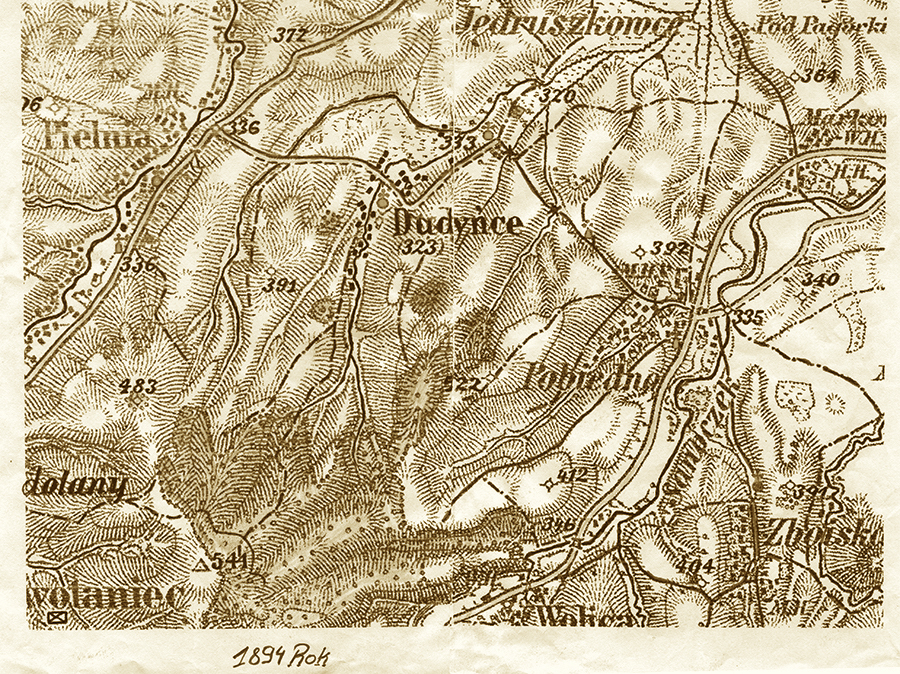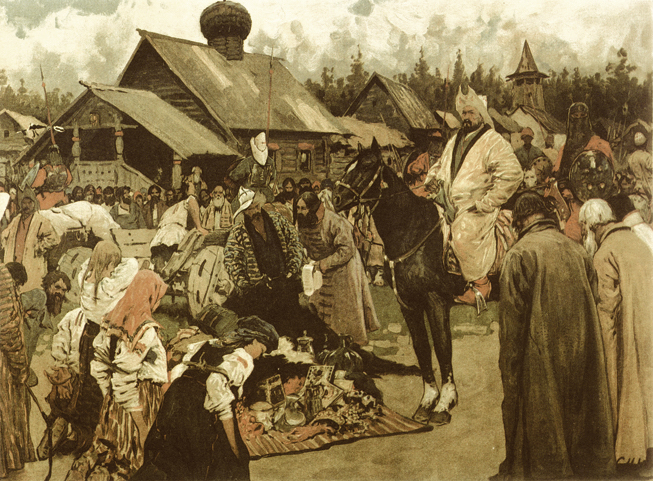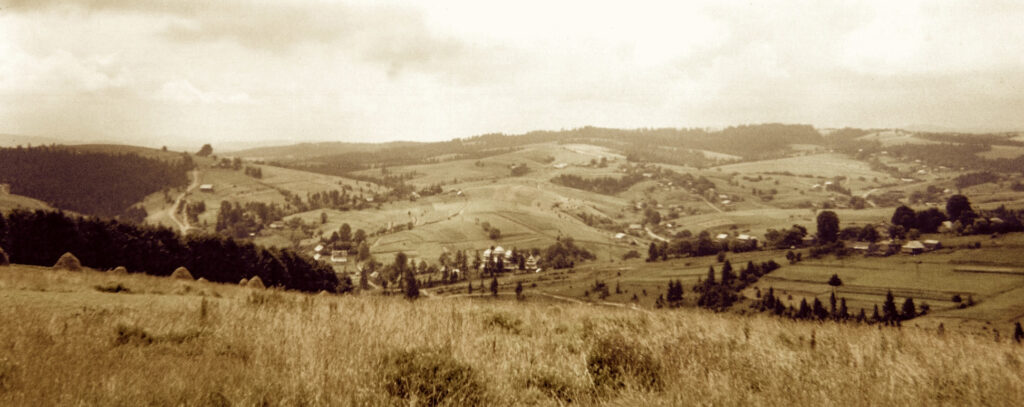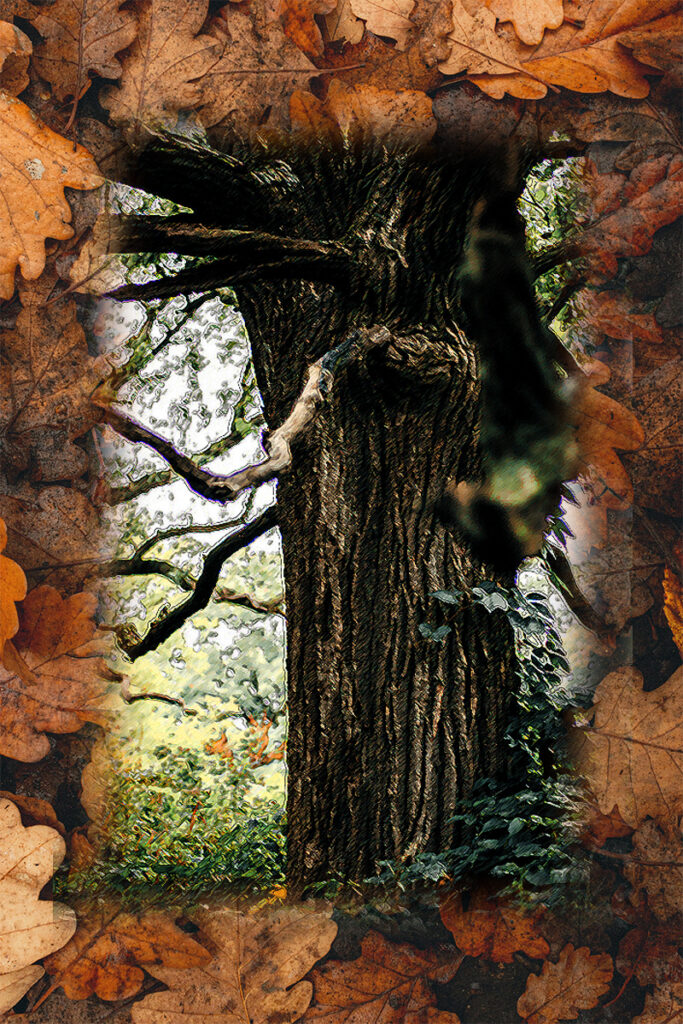Great Oak Grove of Pelnia
Before the advent of Christianity, the land’s inhabitants held steadfast to their pagan beliefs. Among these, the oak tree had a particularly sacred place. To the ancient Celts, the oak was a symbol of great reverence. In their wisdom, the Druids deemed it the most sacred tree in the grove, a powerful emblem of the Wheel of the Year and the King of the Forest. Oak groves were considered hallowed ground. Groves of oak trees were regarded as sacred ground, and damage to an oak tree carried a penalty of death. The Mongols allowed local religious practices, so it’s possible that the Pelnia Oak Grove was a crucial spot for religious ceremonies.

The children of Dudynce walked to their school in Pelnia and would pass through the sacred grove of massive oak trees. The trunks of these trees were so huge it took eight boys holding hands to circle one tree trunk. My Tato told me this story of the Great Oak Grove in Pelnia during the Mongol invasions–a story that has been told to every generation since its beginning, likely during the time of the Golden Horde.

During Batu Khan’s reign and raids, the villagers would pay tributes. Enslaved people were taken back to the East. A beautiful young woman from the village became one of the Khan’s concubines and bore him a son. She sang songs she learned from her mother and vividly described the landscape, the hills and valleys, forests, and streams in detail. She told the child stories of the Great Oak Grove on the outskirts of Pelnia.
When the boy grew up, he was sent to attain the stature of a young warrior by conquering the lands of his ancestry. He was sent to the West with an army to pillage the villages, accept their tributes, destroy their homes, and enslave the population. But when the young Khan approached Pelnia, he recognized the countryside from his mother’s songs and stories. His heart softened, sparing the village and its people.


NOTE: The sacred oak grove was still there when we visited Pelnia in 2004.